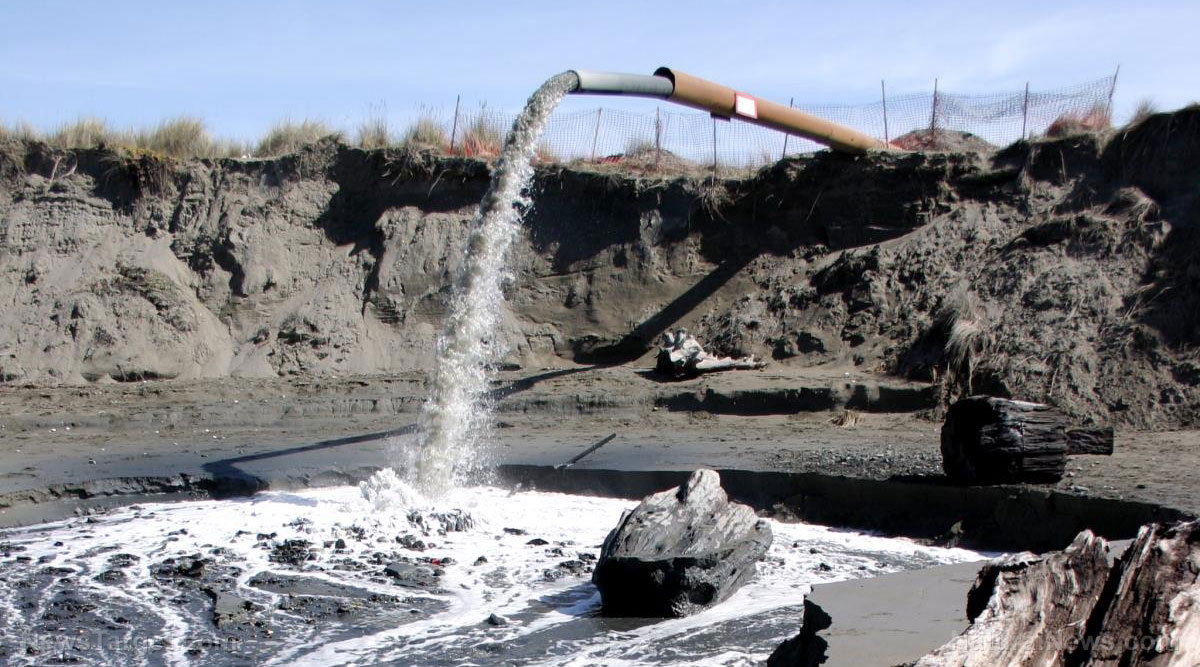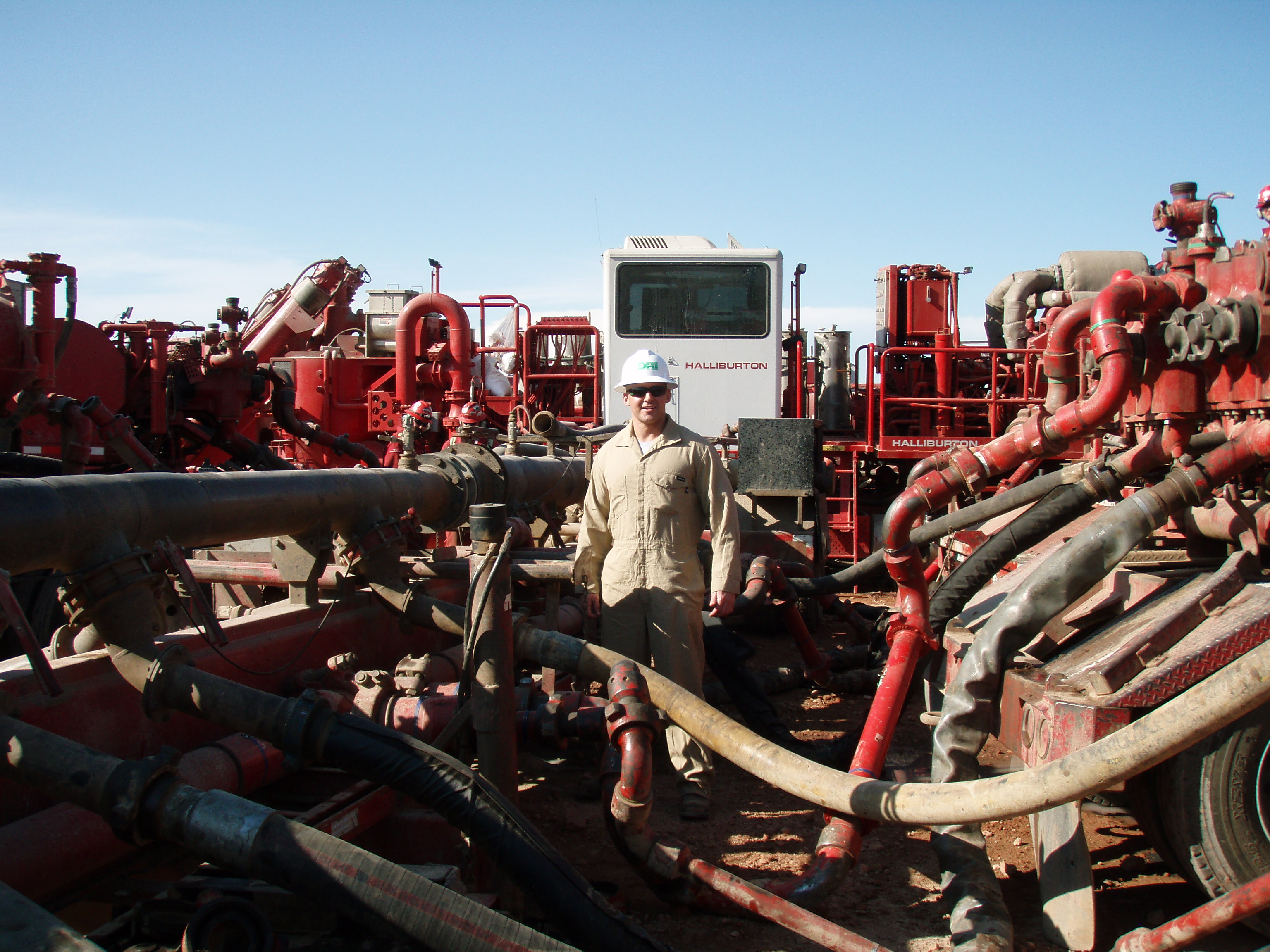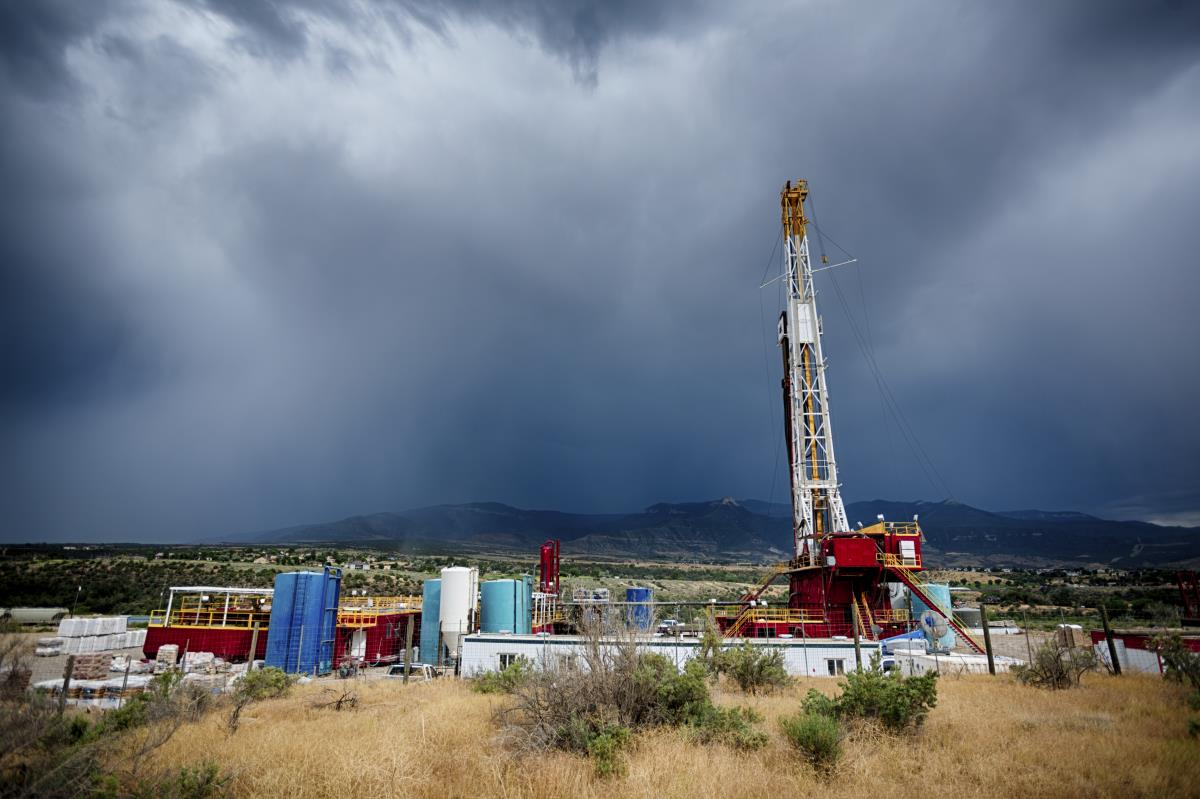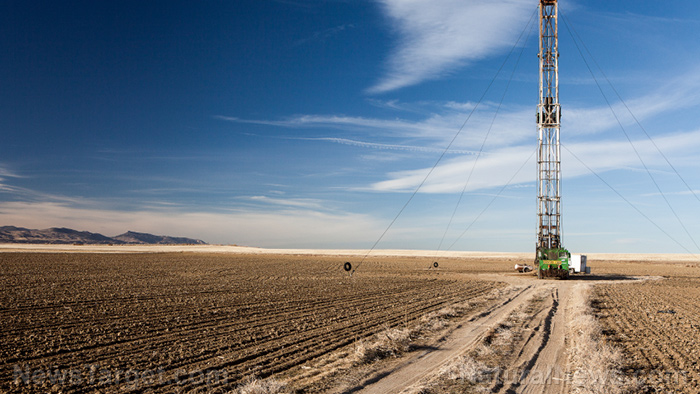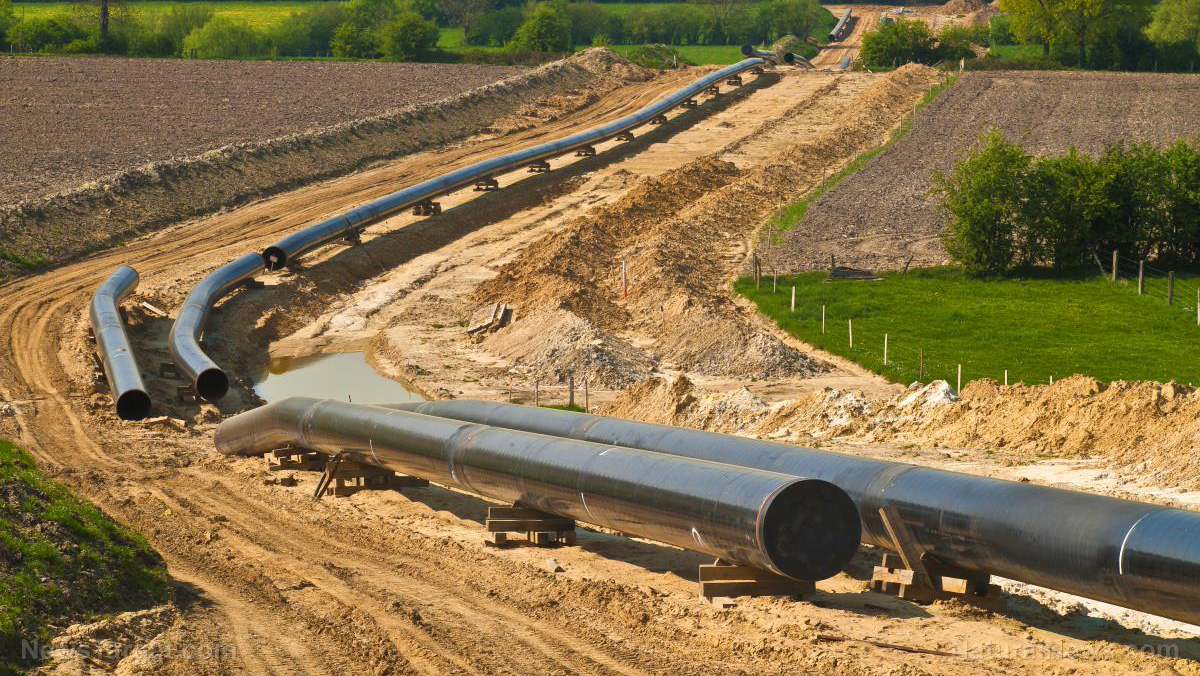Study: Injecting wastewater deep underground is responsible for the surge of earthquakes in Oklahoma and other regions
11/29/2018 / By Edsel Cook

Have you been wondering what is causing the recent spate of earthquakes in Oklahoma and the rest of the United States? In an article on PBS NewsHour, researchers warned that these quakes are caused by underground injections of wastewater.
Fracking and other enhanced oil recovery methods create a lot of contaminated water as a byproduct. To prevent the contamination of drinking water supplies, the companies are pumping the dirty water back underground.
The University of California Santa Cruz (UCSC) recently conducted a study regarding deep wastewater injection. They knew that earthquakes coincide with these operations. The researchers wanted to know the distances from an injection well at which an earthquake will be triggered.
They found that injections could cause earthquakes as far as six miles (10 kilometers) in the distance. They also reported that the bigger and further earthquakes are caused by injecting water into soft sedimentary rock instead of the harder rock beneath.
Injected water can trigger earthquakes far from the well itself
This information is earthshaking because it can change the management and regulation of the fracking industry. That’s because earthquakes do not necessarily only take place at the site of an injection well.
For decades, experts have known that dumping water into a geologic fault can cause the crack to open up. When the fault slips, an earthquake occurs.
Water injections can cause the earth to shake in other ways. One way is called poroelasticity, where injected water puts pressure on the rock around it. The water deforms the material and forcing the fault to slip.
Poroelasticity allows earthquakes to take place a good distance away from the injection well that caused them. So a well might not hit a fault, but the pressure exerted by its water could set off a quake.
Injecting wastewater into sedimentary rock is not safe at all
In the UCSC study, the researchers investigated 20 injection sites that were very far from the others. They divided the sites based on the type of rock that the wastewater was pumped into: soft sedimentary rock that made up oil and gas basins, or basement rock that was older, harder, and deeper.
For wells set in sedimentary rock, an injection of water would spread the frequency of earthquakes away from the well. The spread would degrade over time but reach large distances.
If the disposal site had been dug into basement rock, the earthquakes would be concentrated within a kilometer of the well. Furthermore, the quakes were smaller than the ones caused by their sedimentary rock counterparts.
This goes against the vein of conventional earthquake mitigation strategies, which consider basement rock to be the more dangerous strata for injecting wastewater. The biggest faults are found in basement layers.
Dumping water into a fault in basement rock would easily trigger a quake. There is evidence that the massive earthquake that rocked Pohang, South Korea in 2017 was caused by such hydraulic injection.
There is no such thing as safe water injection
The UCSC researchers believe that the softer materials in sedimentary rock are more easily pressurized by water. Its effects can therefore reach further out from the well.
They have noted how many injection wells are set in sedimentary rock, far above basement rock. And yet the pressure of water injection crosses the distance to trigger fault lines within the deeper rock.
Their conclusion is that the common practice of injecting water into sedimentary rock is not any safer than doing so in basement rock. On the contrary, it is much more liable to cause an earthquake than expected.
Don’t let an earthquake be your first and last warning. Get informed at FrackingWatch.com.
Sources include:
Tagged Under: Earthquakes, fault, fracking, natural disasters, Oklahoma, wastewater injections


